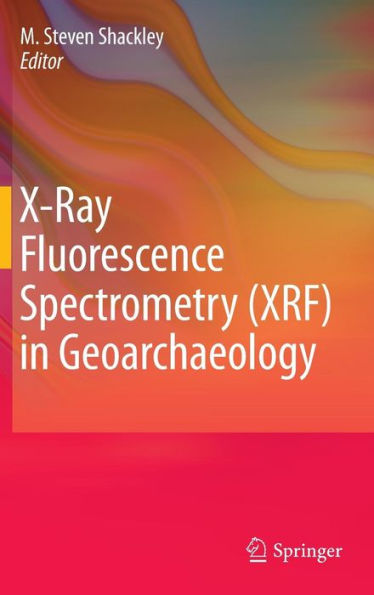Currently, there is no comprehensive book in XRF applications in archaeology at a time when the applications of portable XRF and desktop XRF instrumentation are exploding particularly in anthropology and archaeology departments worldwide.
The contributors to this volume are the experts in the field, and most are at the forefront of the newest applications of XRF to archaeological problems. It covers all relevant aspects of the field for those using the newest XRF technologies to deal with very current issues in archaeology.
Currently, there is no comprehensive book in XRF applications in archaeology at a time when the applications of portable XRF and desktop XRF instrumentation are exploding particularly in anthropology and archaeology departments worldwide.
The contributors to this volume are the experts in the field, and most are at the forefront of the newest applications of XRF to archaeological problems. It covers all relevant aspects of the field for those using the newest XRF technologies to deal with very current issues in archaeology.

X-Ray Fluorescence Spectrometry (XRF) in Geoarchaeology
231
X-Ray Fluorescence Spectrometry (XRF) in Geoarchaeology
231
Product Details
| ISBN-13: | 9781441968852 |
|---|---|
| Publisher: | Springer New York |
| Publication date: | 10/21/2010 |
| Edition description: | 2011 |
| Pages: | 231 |
| Product dimensions: | 6.10(w) x 9.20(h) x 0.70(d) |
